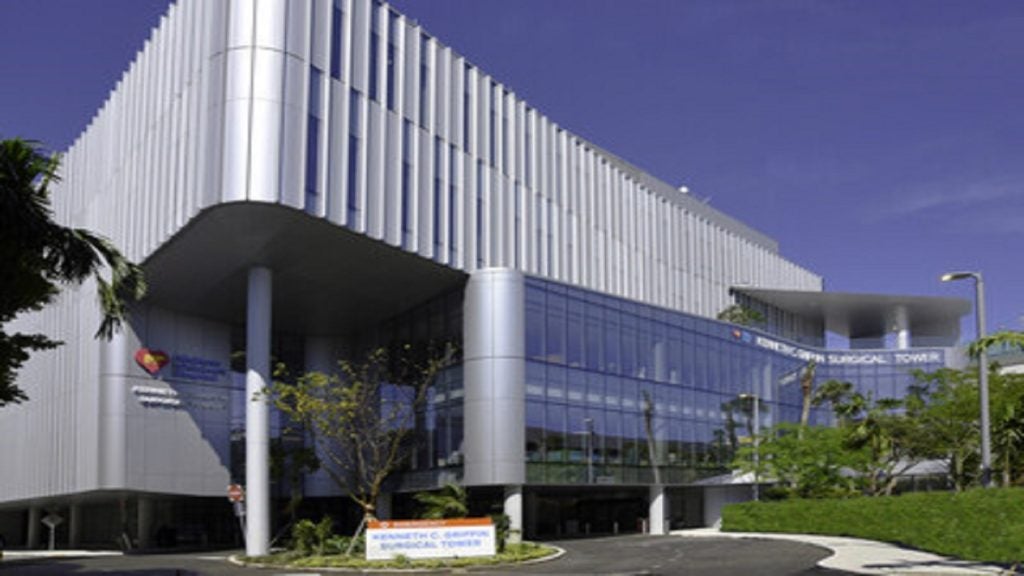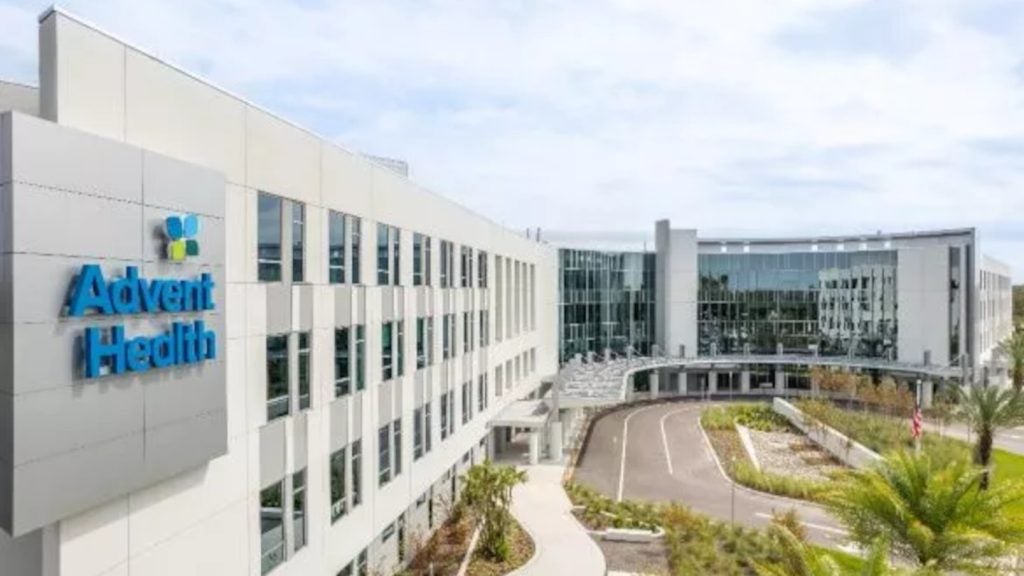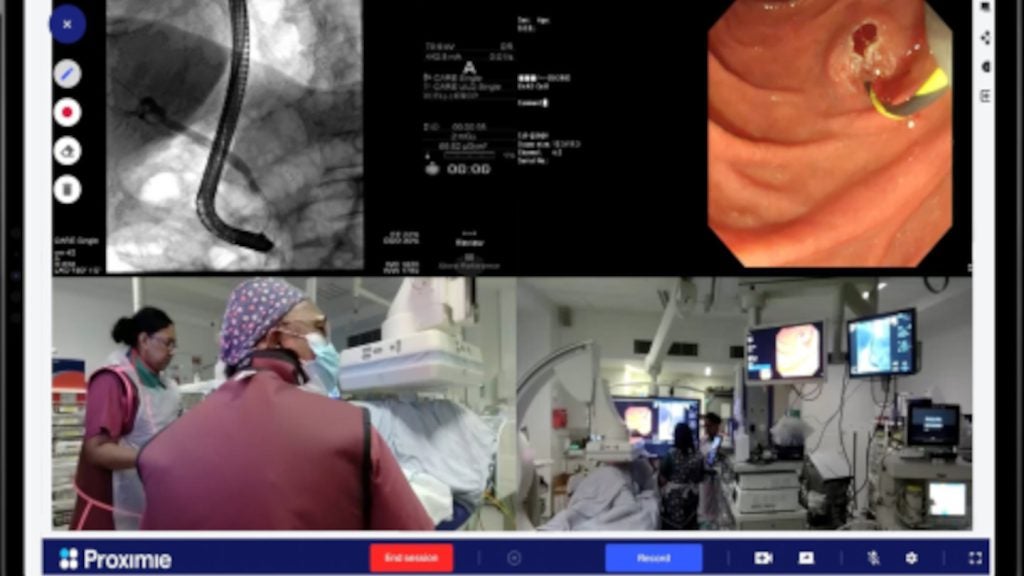
South Korea-based Samsung Medical Center (SMC) has opened a new proton therapy facility for the treatment of cancer.
The new facility is equipped with cyclotron, which generates high intensity proton beam, and two rotating gantries.
Cyclotron is one of circular accelerators and generates protons, accelerating hydrogen nuclei up to 60 % of the speed of light.
The facility also features a provisional room that allows a future establishment of a third treatment room with rotating gantry.
It is equipped with two types of irradiation nozzle system which are the multi-purpose nozzle in G1 treatment room and dedicated scanning nozzle in G2 treatment room.
The multi-purpose nozzle facilitates both the traditional broad beam irradiation and the new-generation pencil beam scanning (PBS) while the irradiation modes can be briskly changed depending on the disease.
How well do you really know your competitors?
Access the most comprehensive Company Profiles on the market, powered by GlobalData. Save hours of research. Gain competitive edge.

Thank you!
Your download email will arrive shortly
Not ready to buy yet? Download a free sample
We are confident about the unique quality of our Company Profiles. However, we want you to make the most beneficial decision for your business, so we offer a free sample that you can download by submitting the below form
By GlobalDataThe cancer tissue which has developed into a tumour is exposed to a narrow proton beam by the PBS radiation mode, with a precise radiation administered to the complex tumours reducing the side-effects.
PBS, which is facilitated with a large field with a dedicated scanning nozzle, makes the preparation prior to the treatment easier while reducing the cost of the patient’s specific compensators and collimators.
Line scanning technology, one of PBS technique, emits proton beams intermittently in a stable beam current for each layer with variable speed. The time span of irradiation issued by Line scanning is shorter than the spot scanning irradiation technique which also generates intermittent proton beam radiation.
SMC proton project medical physicist and project manager Youngyih Han said: "Clinical effectiveness and expansion of diseases sites for proton therapy has been reported.
"Proton therapy is a state of the art radiation therapy which can increase the cure rate while minimising the normal tissue toxicity.
"Therefore, facilities introducing proton therapy have been ramped up all over the world and the demand is expected to grow. On the other hand, further technical research and development and professional human resource development for proton therapy is essential."
Image: SMC introduces proton therapy in their facility. Photo: courtesy of Sumitomo Heavy Industries, Ltd.







